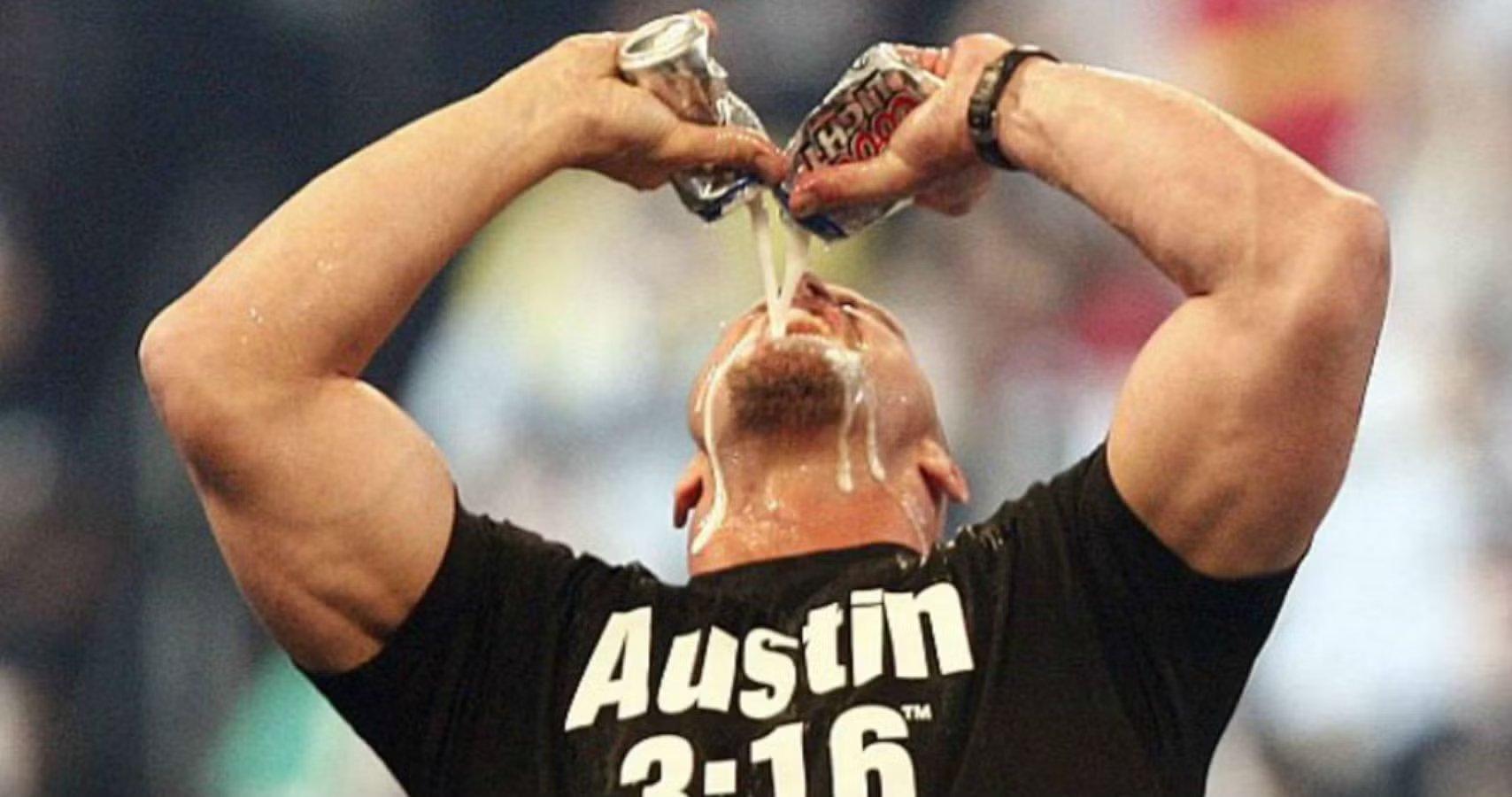
Beer has long been a central part of human history, not just as a beverage but as a cultural touchstone. One fascinating aspect of this rich history involves the “beer swillers”—those who drank beer not merely for sustenance but as an essential part of their social lives and creative processes. From classical composers like Johannes Brahms to modern-day beer aficionados, the act of drinking beer has often been intertwined with creativity, camaraderie, and celebration.
Johannes Brahms: The Beer Swiller of the Romantic Era
One of the most notable beer swillers in history was the renowned composer Johannes Brahms. Brahms, a giant of Romantic music, was not only famous for his symphonies and concertos but also for his love of beer. His fondness for the drink was well-documented, with accounts of him enjoying beer at local pubs and beer gardens throughout his life, especially in his beloved retreat at the Wörthersee in Austria. This scenic lake, which Brahms frequented for its peacefulness and inspiration, became a setting for both his creative work and his social drinking habits.
In fact, Brahms’ love for beer was so ingrained in his routine that it became a vital part of his social interactions with fellow artists, poets, and intellectuals. Beer was often the catalyst for lively conversations that sparked creative energy and camaraderie. His social circles weren’t just filled with musicians—they were also populated by beer drinkers, all of whom shared in the collective appreciation of a good brew. For Brahms, beer wasn’t just a drink; it was a gateway to inspiration and relaxation
The Role of Beer in Artistic Expression
Brahms wasn’t the only artist to find inspiration in beer. Across history, beer has been an important part of the creative process for many writers, composers, and thinkers. The act of social drinking has often facilitated intellectual discourse, leading to new ideas and collaborations. In the 19th and early 20th centuries, beer halls became intellectual hubs in cities across Europe, where revolutionaries, artists, and philosophers gathered to discuss everything from politics to poetry. In many ways, beer served as a social lubricant that helped break down barriers between great minds, sparking the kind of free-flowing conversation that often led to groundbreaking artistic and philosophical breakthroughs.
Beer swilling was also linked to some of the most famous cultural movements of the time. The bohemian culture in Paris, for instance, was heavily intertwined with alcohol—especially beer, wine, and absinthe. Artists like Toulouse-Lautrec and Van Gogh, though more associated with wine and absinthe, were often found in the same taverns as the beer swillers of their time. The taverns were more than just places to drink; they were sanctuaries where artists could escape the pressures of society and immerse themselves in the liberating act of self-expression.
Modern Beer Swilling: A Global Phenomenon
Fast forward to today, and beer remains as popular as ever, though the social context has changed. In the modern era, beer swilling can be found in many forms—from the craft beer revolution to the everyday enjoyment of a cold brew at a barbecue or sporting event. The rise of craft beer has allowed enthusiasts to explore a vast range of flavors, styles, and brewing techniques, leading to a renaissance of beer appreciation that mirrors some of the artistic camaraderie of the past.
However, the social aspect of beer drinking remains unchanged. Whether in a local pub, a beer festival, or a lively gathering of friends, beer still serves as a means of connection. The act of sharing a beer has not lost its power to bring people together, just as it did for Brahms and his contemporaries.
In conclusion, beer swilling has evolved from a simple social activity to a celebrated cultural tradition, intertwined with artistic and intellectual life. From Brahms and the beer halls of Vienna to today’s craft beer scene, the love of beer continues to unite people, inspire creativity, and foster connections.